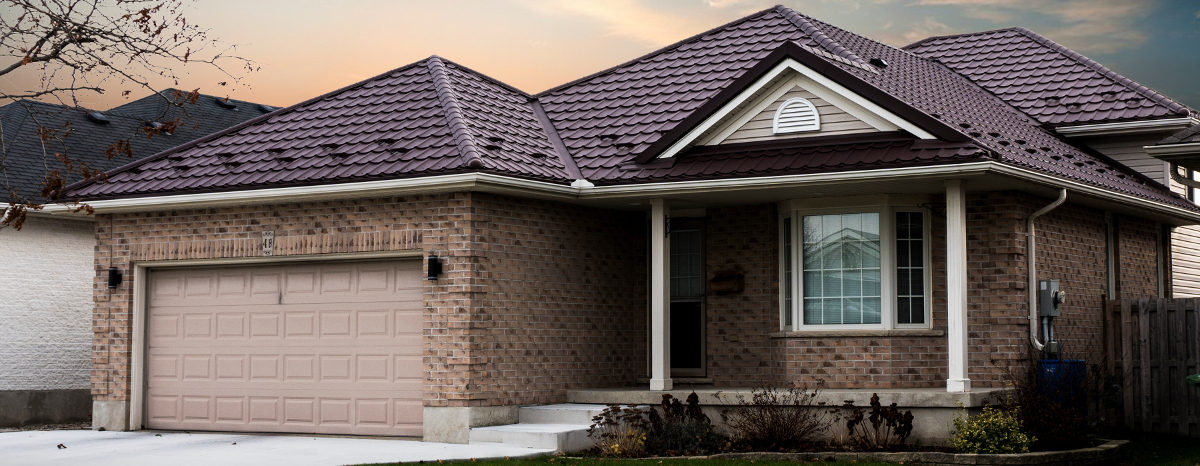During renovation and construction of insulation, it is important to know the R-Value of insulated metal wall panels. They provide more insulation than other materials like glass fiber. The versatility and energy efficiency means that metal panels can be used in a variety of settings from airport hangers to sports facilities, educational institutions to bank buildings. Why is it important to know the R-Value of insulated metal wall and roofing systems? Let’s discuss the details.
What is R-Value?
The R-Value measures how the wall panel resists the conductive flow of heat. In general, the bigger the insulated metal wall panels’ R-Value the greater the resistance. This number means that there is an increase in any thermal insulating properties. It is important to determine the effectiveness of any insulation prior to installation. The R-Value is the mathematical reciprocal of the U-Value, which is another standard used to determine the energy efficiency of a building material. The higher the R-Value, the more energy efficient it is.
The R-Value usually refers to the thickness of the insulation. You can also add the R-Values of each layer in the insulation when there are multiple layers. Wall insulation is meant to limit heat transfer, unlike windows which have to allow for ventilation as well as insulation. Knowing the R-Value helps building owners to know if a particular insulated material is considered energy efficient. For example, a material that is considered R-18 insulation would be more energy efficient than a material that is R-14.
Panel Thickness
Insulated metal panels can have a variable thickness, which means R-Values can range from 8 to 40, or even higher. The thickness and insulation provided by metal panels increase energy efficiency when compared to simply using glass fiber or other materials. For example, a few several centimeters of IPMs will yield R-20. In comparison, you may need up to twenty centimeters of traditional insulation like glass fiber to achieve the same result. This means that there is more usable space available.
Discuss the panel thickness requirements for your building with a professional. They will be able to help you determine the panel thickness needed to maximize energy efficiency and thermal insulation properties.


